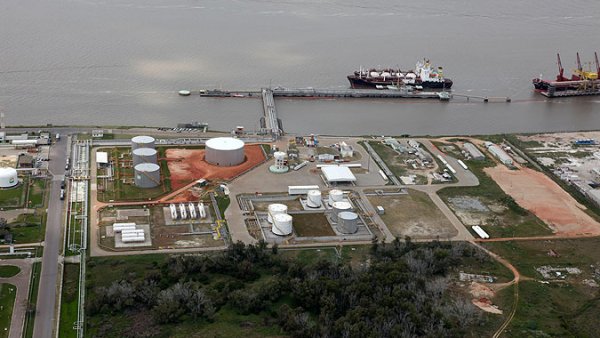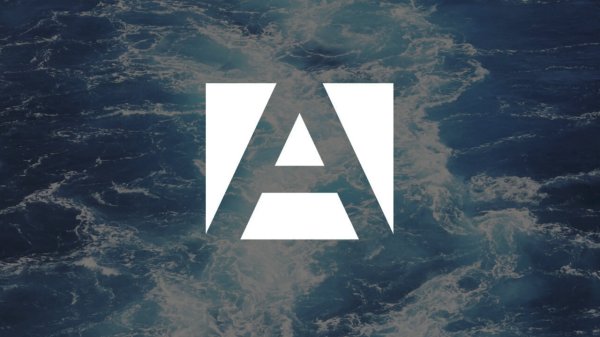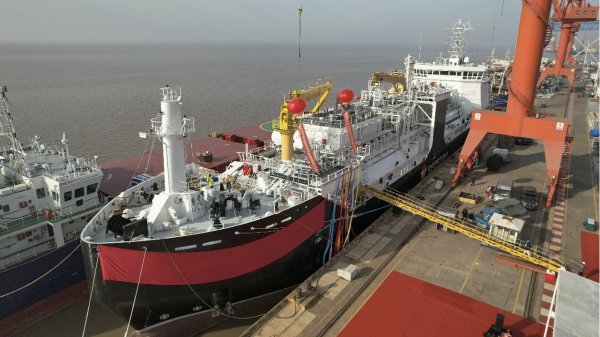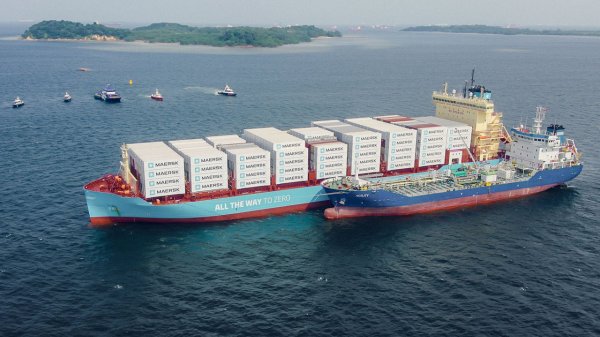IMO to consider implementing designated fuel sampling points
Proposal to be examined by IMO sub-committees.
The 70th meeting of the International Maritime Organization's (IMO) Marine Environment Protection Committee (MEPC 70) recently approved guidelines for taking bunker fuel samples from vessels in order to verify compliance with restrictions on sulphur content. The guidelines now look set to be adopted, the International Bunker Industry Association (IBIA) reports.
Comments were heard and papers presented at MEPC 70 to show that bunker samples are routinely collected - and in a safe manner; however, some reservations remained regarding the safety of personnel when collecting samples from fuel systems.
Sampling points
At the meeting, Norway's delegation proposed to phase in a requirement for vessels to have designated fuel sampling points.
Norway's presentation paper said: "We believe this would strengthen and contribute to a harmonized enforcement of the sulphur requirements, facilitate the work of the personnel that would draw the fuel oil samples, ensure that representative fuel oil samples are taken in a cost-effective and safe manner, and will reduce the likelihood of any disputes following a test that shows the use of non-compliant fuel oil."
Several member states supported the proposal, which, it is argued, would facilitate compliance checks when the January 2020 global sulphur cap is implemented.
However, several shipping firms were against the idea of establishing a fuel sample procedure to check for sulphur compliance, arguing that fuel sampling should only be carried out if there is a valid reason for suspecting non-compliance.
It was also stressed that shipowners should not be charged for any costs arising from the sampling or testing of fuels for compliance instigated by port State control officers.
Addressing MEPC 70, IBIA's IMO representative, Unni Einemo, said Norway's proposal made good sense. "Apart from addressing the safety concerns raised on several occasions, it would standardise the sampling point and bring uniformity. This is really important as we have heard examples of ships being deemed in non-compliance with ECA [Emission Control Area] sulphur limit on the basis of the first sample taken, while a second sample, deemed to be more representative of the fuel in use, tested compliant.
"There would be a clear benefit for both the ship crew and ports State control officers to have a designated sampling point, providing of course the location is appropriately chosen to give confidence that the sample will be representative of the fuel in use," Einemo remarked.
What happens next?
The proposal is due to be sent to the Sub-Committee on Pollution Prevention and Response (PPR) for development, and to the Sub-Committee on Ship Systems and Equipment (SSE) to consider the safety aspects.
PPR - formerly the Sub-Committee on Bulk Liquids and Gases (BLG) - has been held once a year since 2014. The next PPR meeting, PPR 4, is due to take in January 2017. IBIA says that it will not instruct PPR until PPR 5 (in 2018) "due to the limited time remaining before PPR 4".
If Norway's proposal is approved, regulation 14 of MARPOL Annex VI would need to be amended.
Comments were heard and papers presented at MEPC 70 to show that bunker samples are routinely collected - and in a safe manner; however, some reservations remained regarding the safety of personnel when collecting samples from fuel systems.
Sampling points
At the meeting, Norway's delegation proposed to phase in a requirement for vessels to have designated fuel sampling points.
Norway's presentation paper said: "We believe this would strengthen and contribute to a harmonized enforcement of the sulphur requirements, facilitate the work of the personnel that would draw the fuel oil samples, ensure that representative fuel oil samples are taken in a cost-effective and safe manner, and will reduce the likelihood of any disputes following a test that shows the use of non-compliant fuel oil."
Several member states supported the proposal, which, it is argued, would facilitate compliance checks when the January 2020 global sulphur cap is implemented.
However, several shipping firms were against the idea of establishing a fuel sample procedure to check for sulphur compliance, arguing that fuel sampling should only be carried out if there is a valid reason for suspecting non-compliance.
It was also stressed that shipowners should not be charged for any costs arising from the sampling or testing of fuels for compliance instigated by port State control officers.
Addressing MEPC 70, IBIA's IMO representative, Unni Einemo, said Norway's proposal made good sense. "Apart from addressing the safety concerns raised on several occasions, it would standardise the sampling point and bring uniformity. This is really important as we have heard examples of ships being deemed in non-compliance with ECA [Emission Control Area] sulphur limit on the basis of the first sample taken, while a second sample, deemed to be more representative of the fuel in use, tested compliant.
"There would be a clear benefit for both the ship crew and ports State control officers to have a designated sampling point, providing of course the location is appropriately chosen to give confidence that the sample will be representative of the fuel in use," Einemo remarked.
What happens next?
The proposal is due to be sent to the Sub-Committee on Pollution Prevention and Response (PPR) for development, and to the Sub-Committee on Ship Systems and Equipment (SSE) to consider the safety aspects.
PPR - formerly the Sub-Committee on Bulk Liquids and Gases (BLG) - has been held once a year since 2014. The next PPR meeting, PPR 4, is due to take in January 2017. IBIA says that it will not instruct PPR until PPR 5 (in 2018) "due to the limited time remaining before PPR 4".
If Norway's proposal is approved, regulation 14 of MARPOL Annex VI would need to be amended.

|
VARO Energy expands renewable portfolio with Preem acquisition
All-cash transaction expected to complete in the latter half of 2025. |
|
|
|
||

|
NYK trials biofuel in milestone coal carrier test
Vessel is used to test biofuel for domestic utility company. |
|
|
|
||

|
H-Line Shipping orders LNG bunkering vessel
Vessel with 18,000-cbm capacity to run on both LNG and MDO. |
|
|
|
||

|
How to engineer and manage green shipping fuels | Stanley George, VPS
Effective management strategies and insights for evolving fuel use. |
|
|
|
||

|
Swedish government bans scrubber wastewater discharges
Discharges from open-loop scrubbers to be prohibited in Swedish waters from July 2025. |
|
|
|
||

|
MAN Energy Solutions achieves 100% load milestone for ammonia engine
Latest tests validate fuel injection system throughout the entire load curve. |
|
|
|
||

|
Petrobras secures ISCC EU RED certification for B24 biofuel blend at Rio Grande
Blend consisting of 24% FAME is said to have been rigorously tested to meet international standards. |
|
|
|
||

|
Stolt-Nielsen to fully control Avenir LNG with acquisition
Share purchase agreement to buy all shares from Golar LNG and Aequitas. |
|
|
|
||

|
Bureau Veritas supports launch of CIMC SOE's LNG bunkering vessel
Handover of Seaspan Energy's cutting-edge 7,600-cbm vessel completed. |
|
|
|
||

|
Methanol as a marine fuel | Steve Bee, VPS
How environmental legislation has driven the development of low-sulphur fuels and methanol-ready ships. |
|
|
|
||
Related Links
- · IBIA 'disappointed' by MEPC 70 BDN amendments [Insights]
- · LNG marine fuel could be worse for environment than HFO, says former IBIA CEO [Insights]
- · IMO sets new requirements for collection of bunker consumption data [Insights]
- · IBIA: 'It would be better to have a more phased introduction' [Insights]
- · Global sulphur cap set for 2020 [Insights]
- · United Kingdom [Directory]

